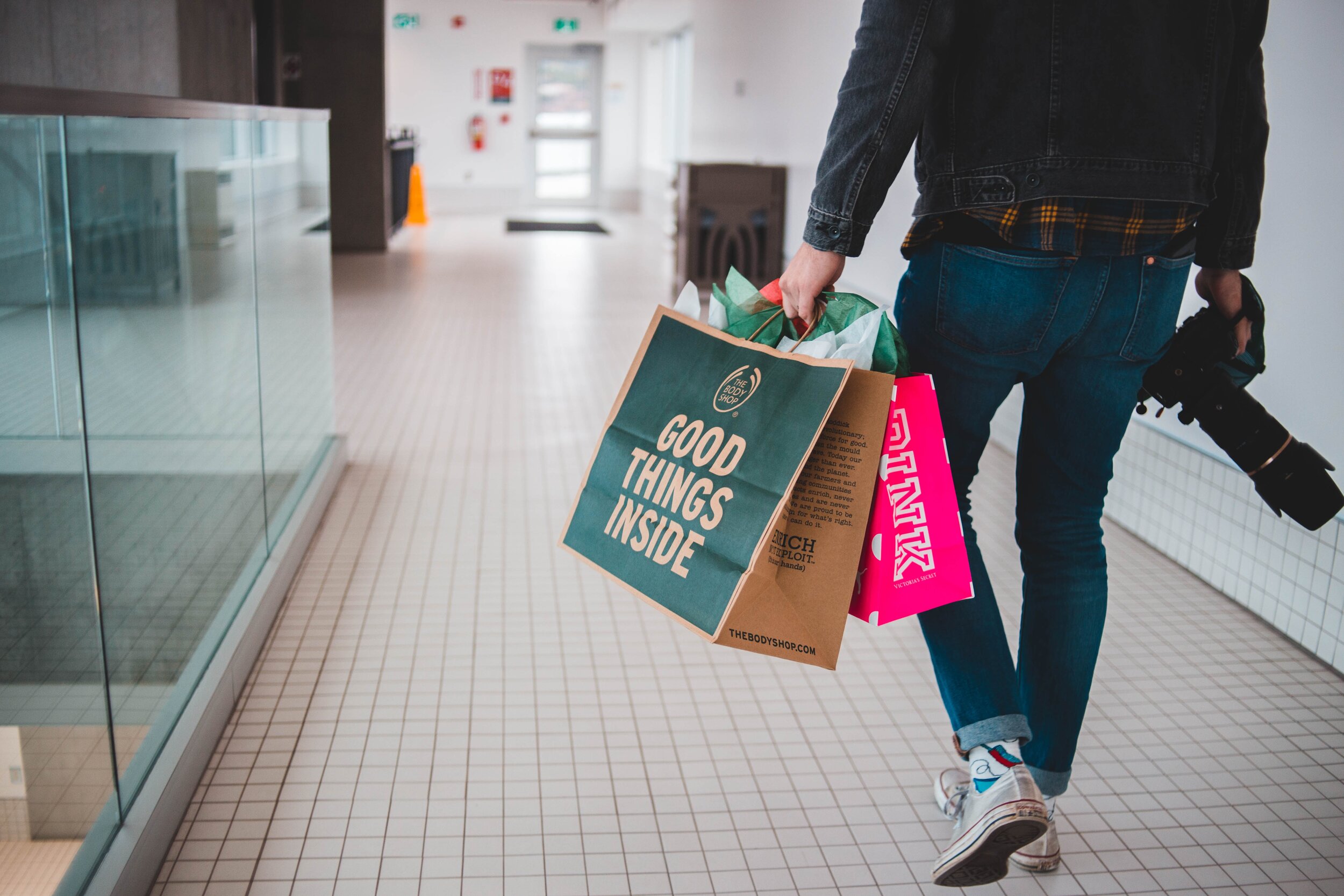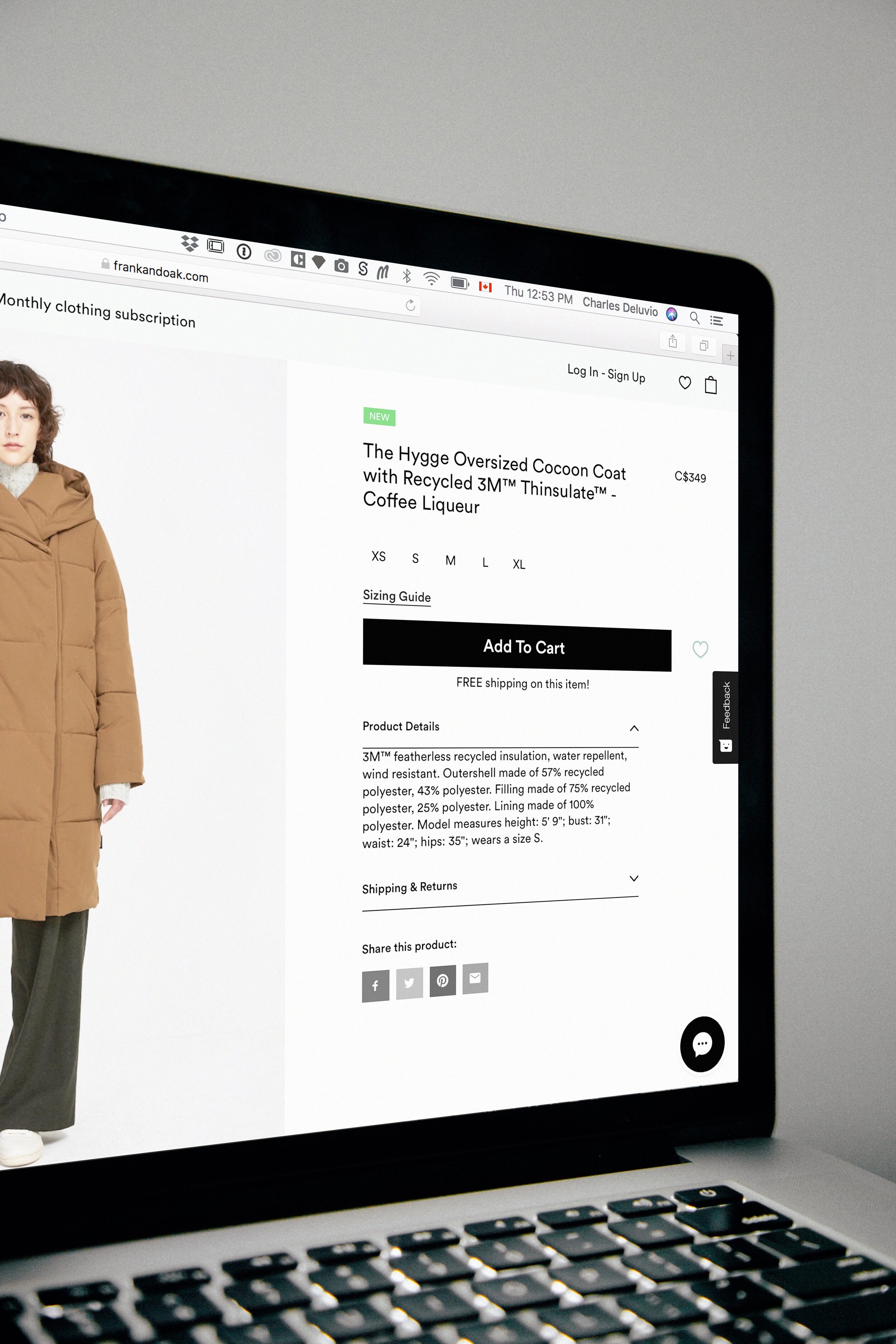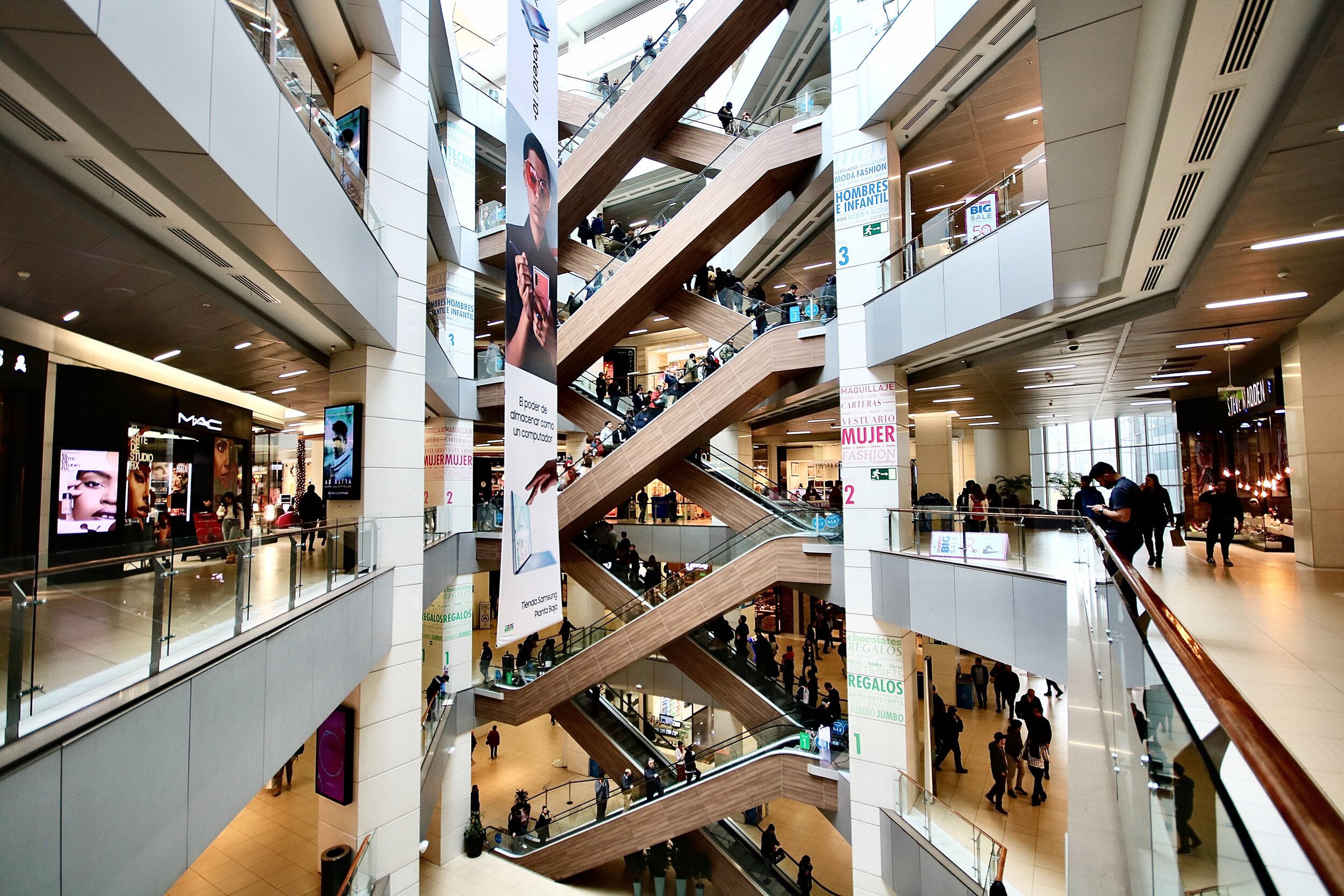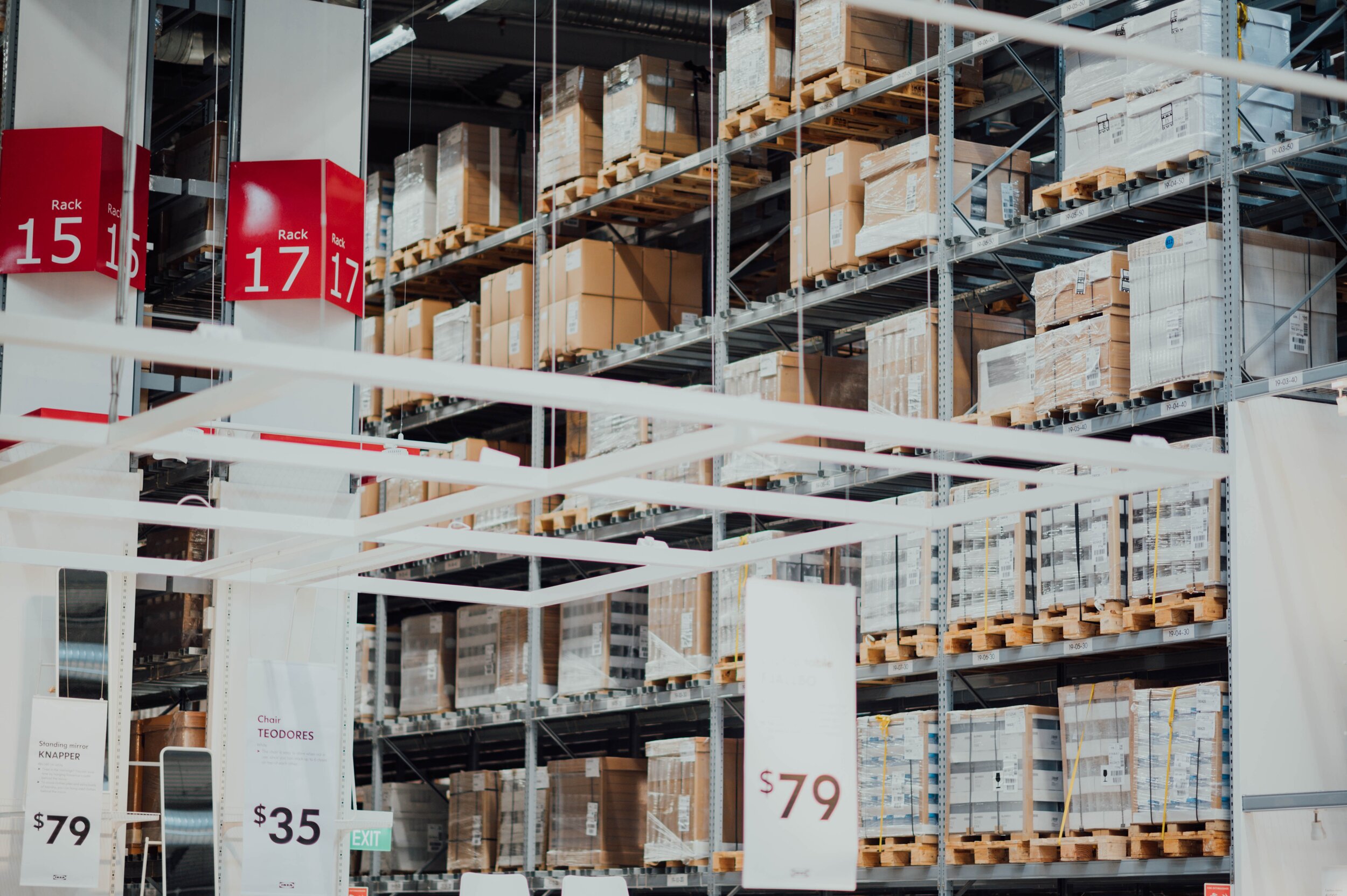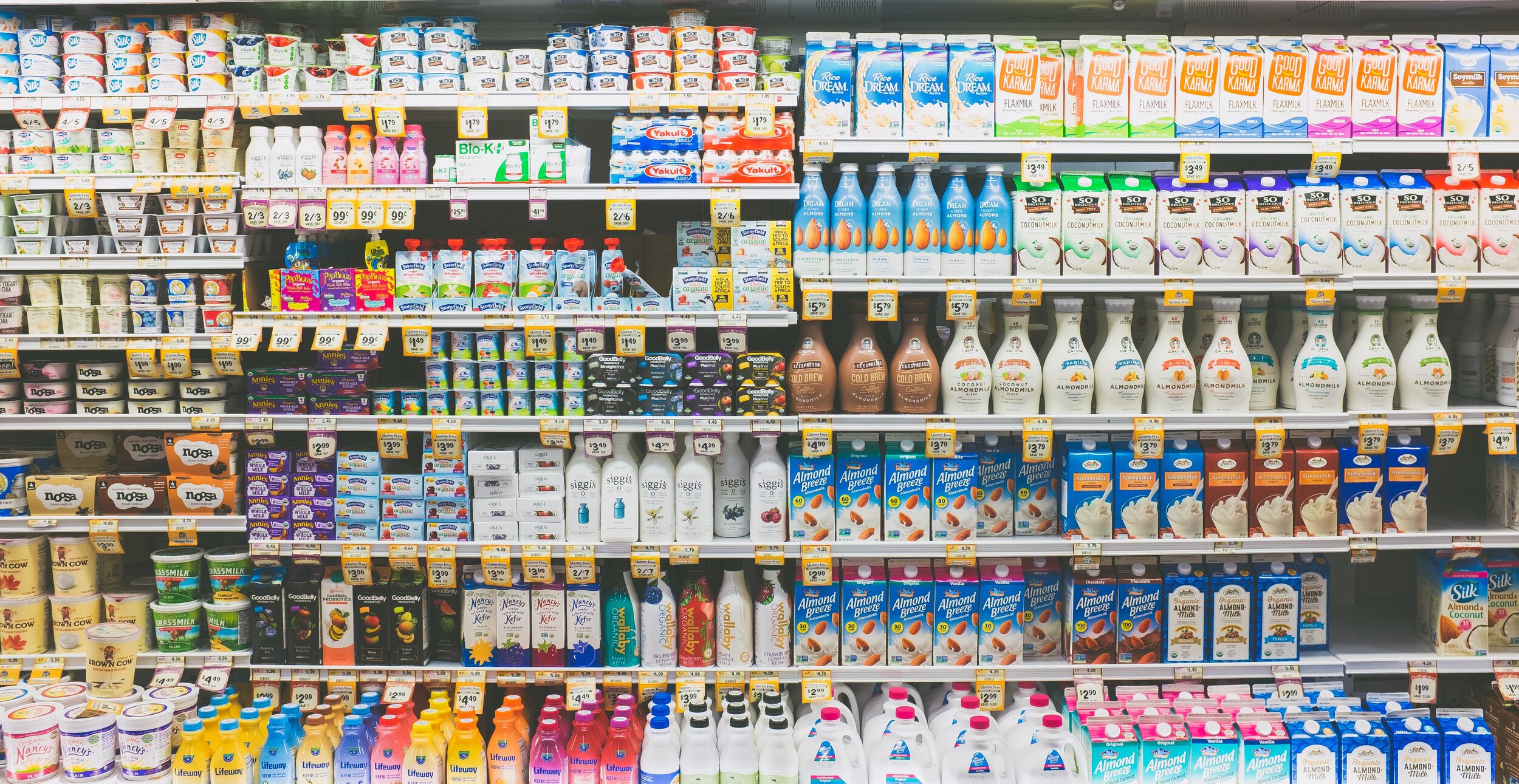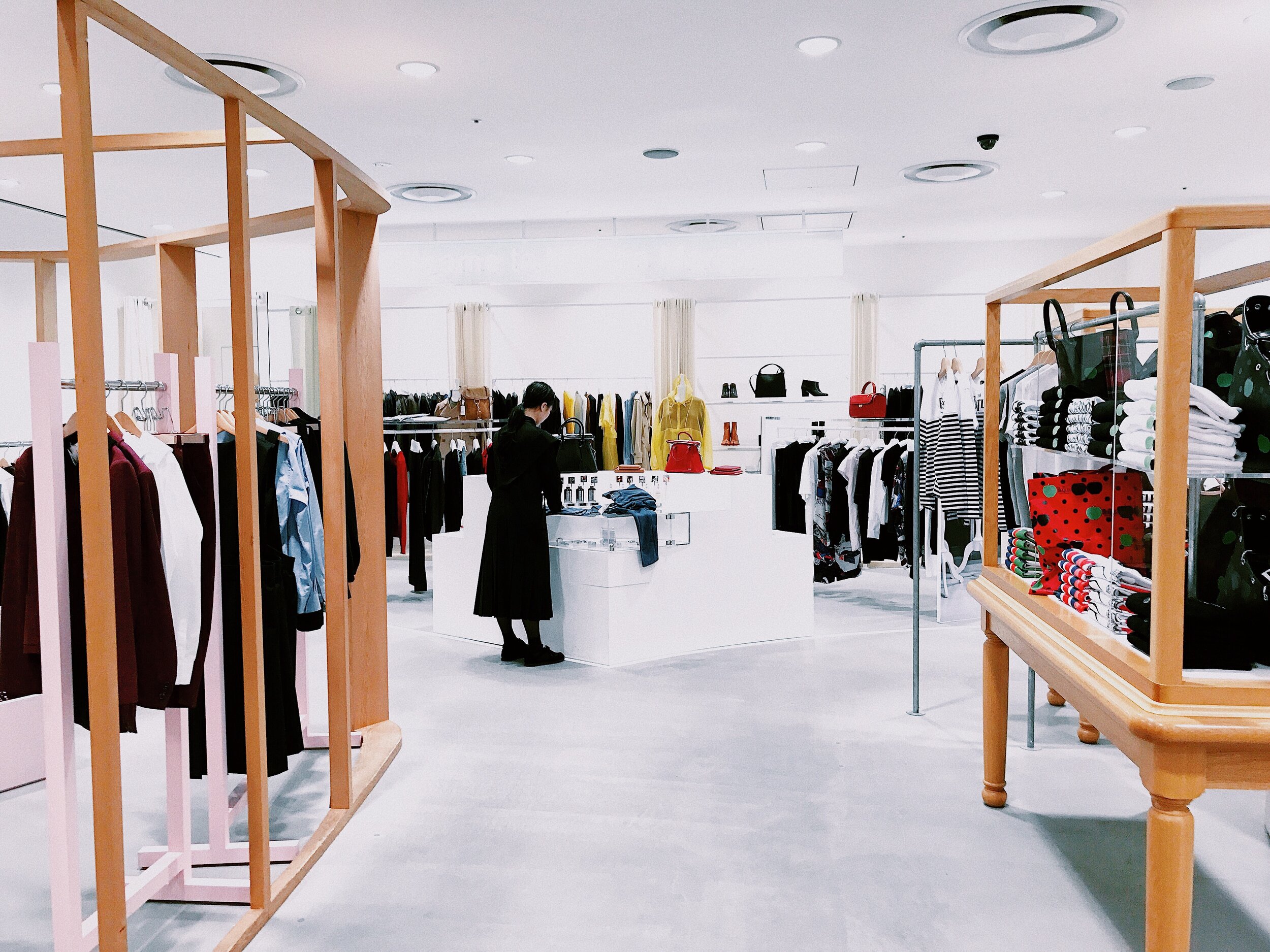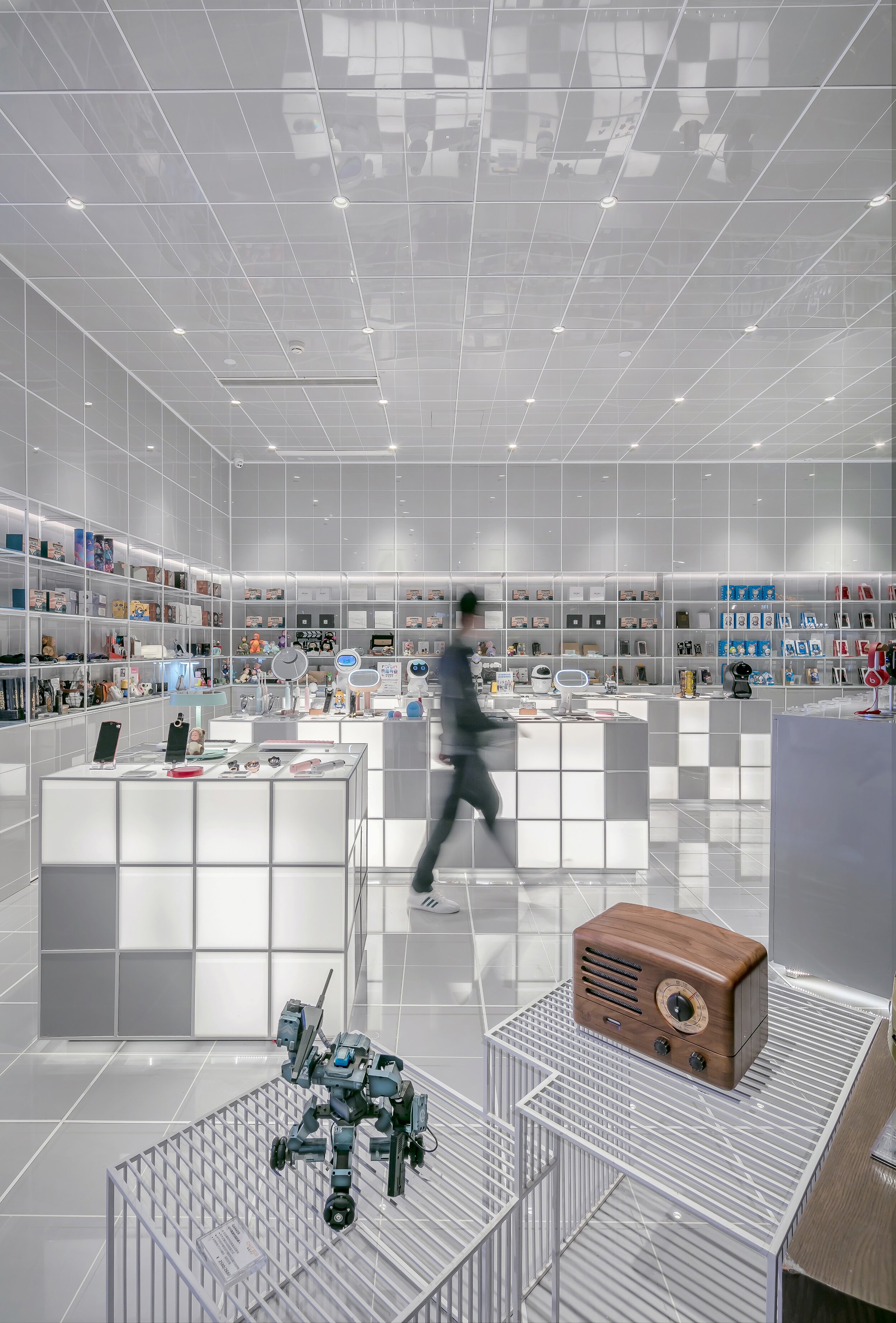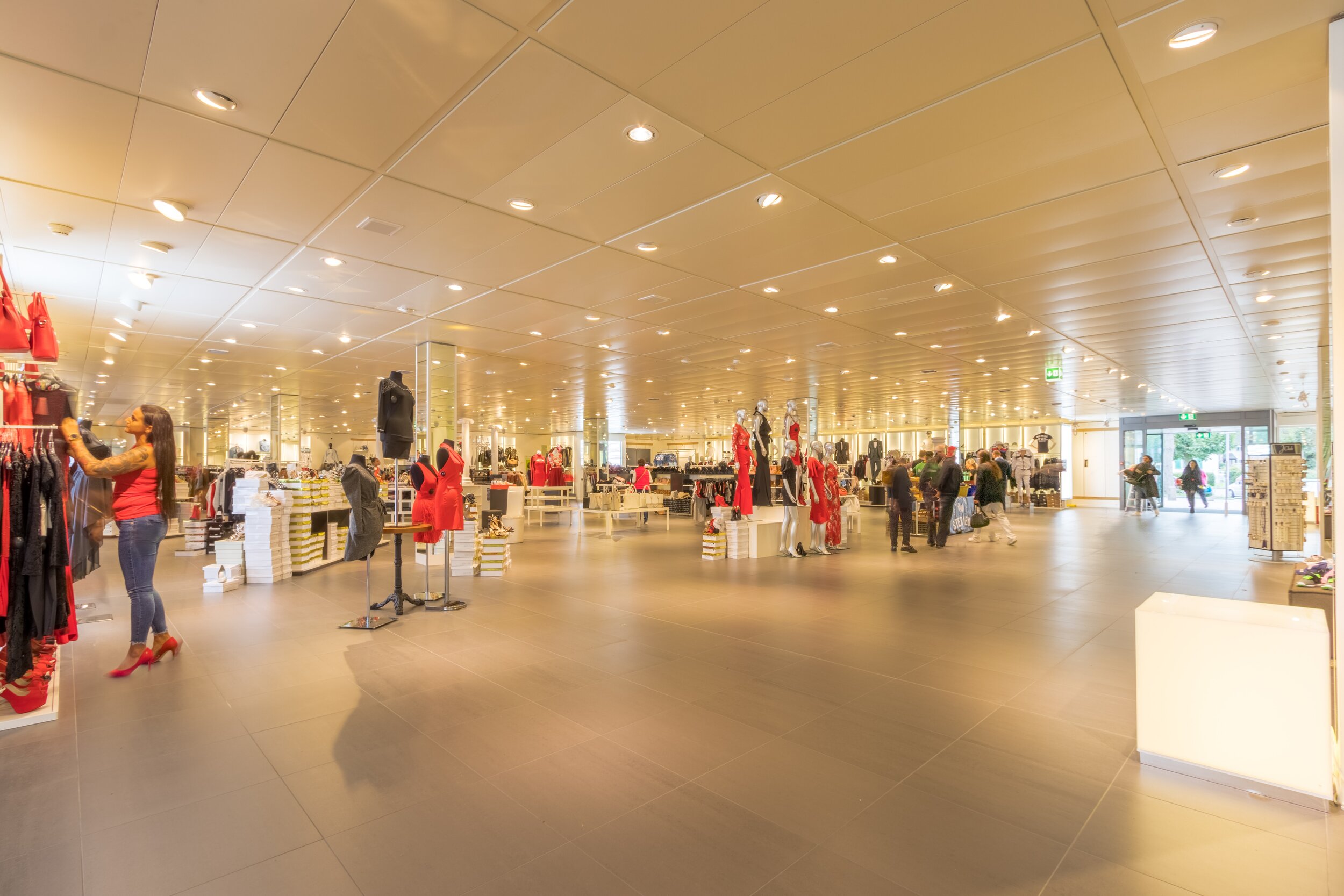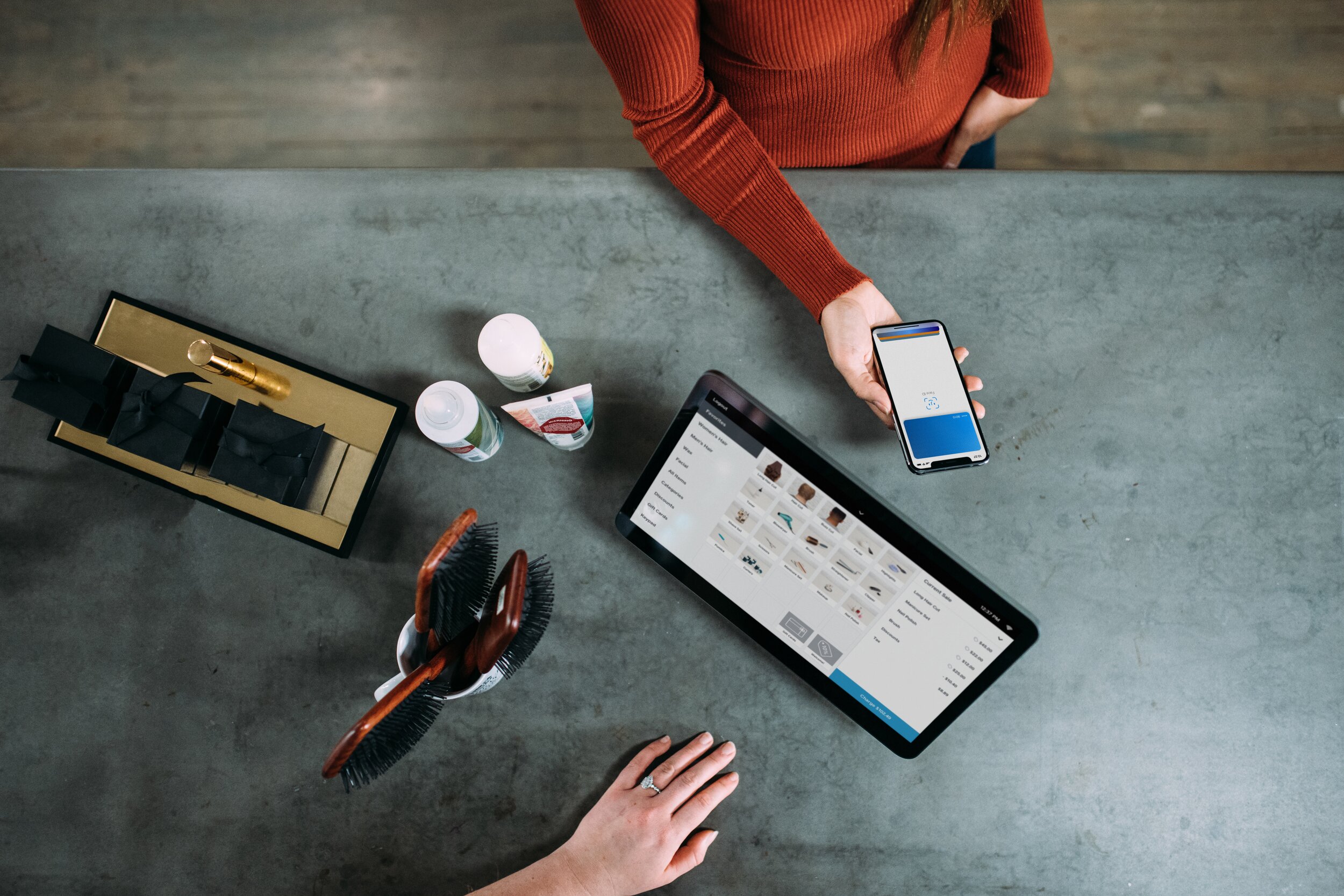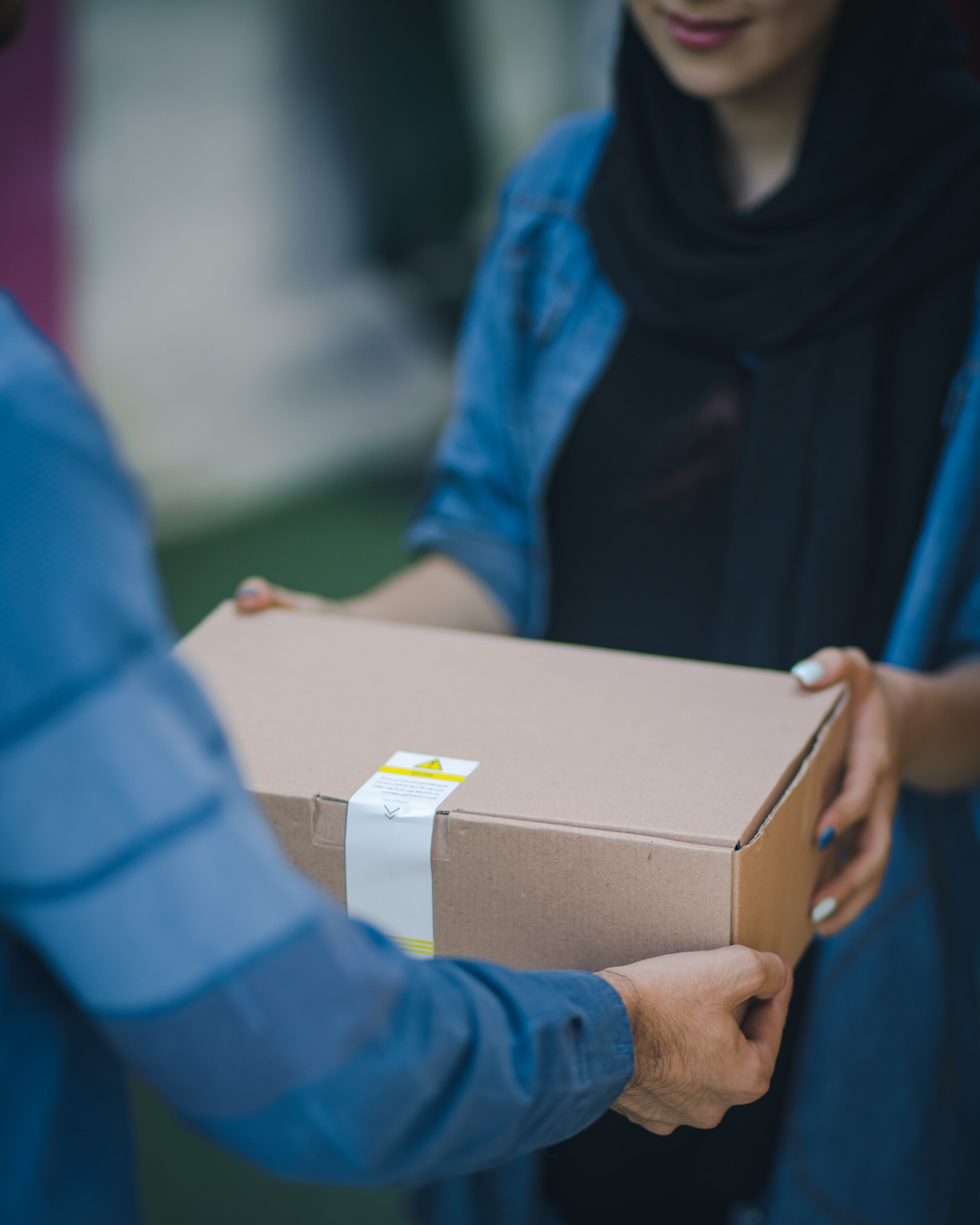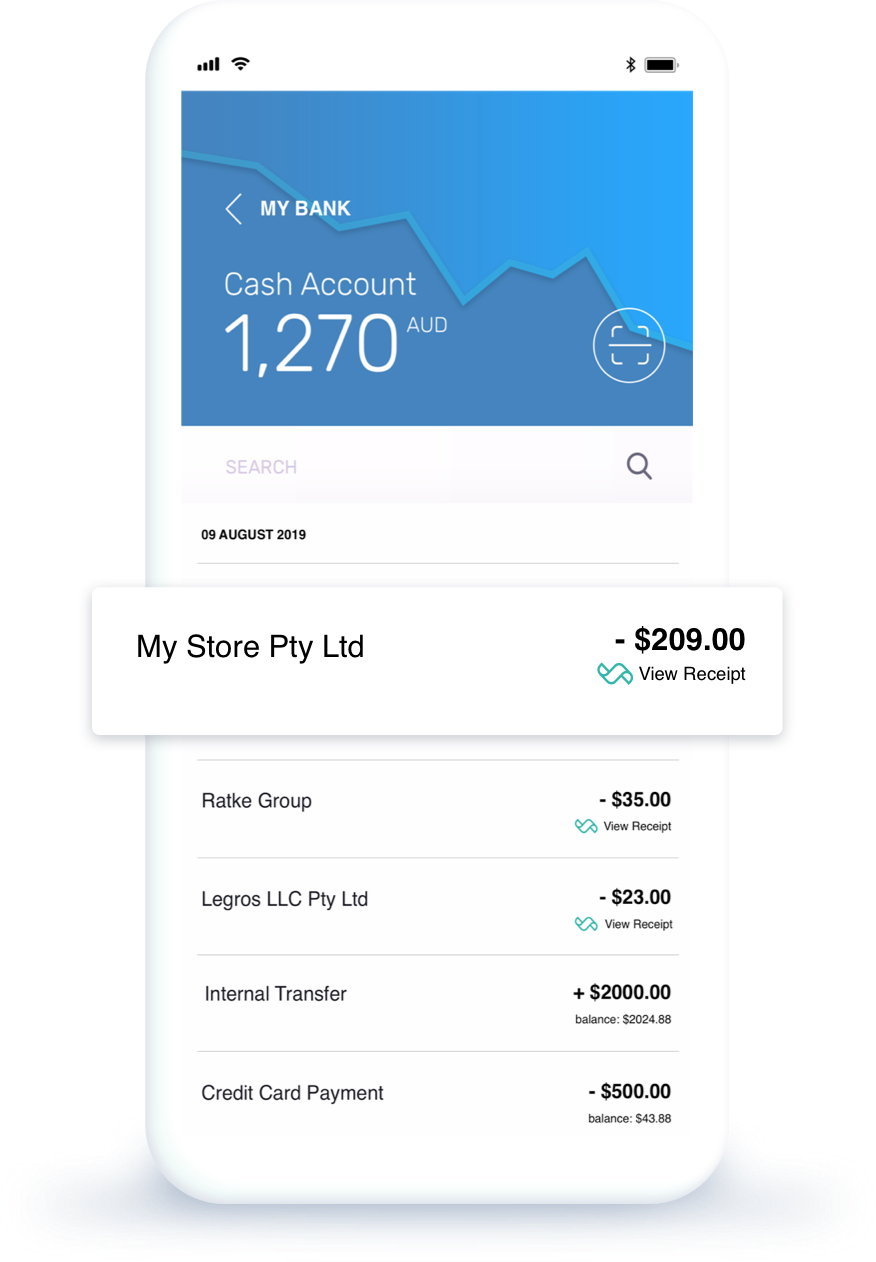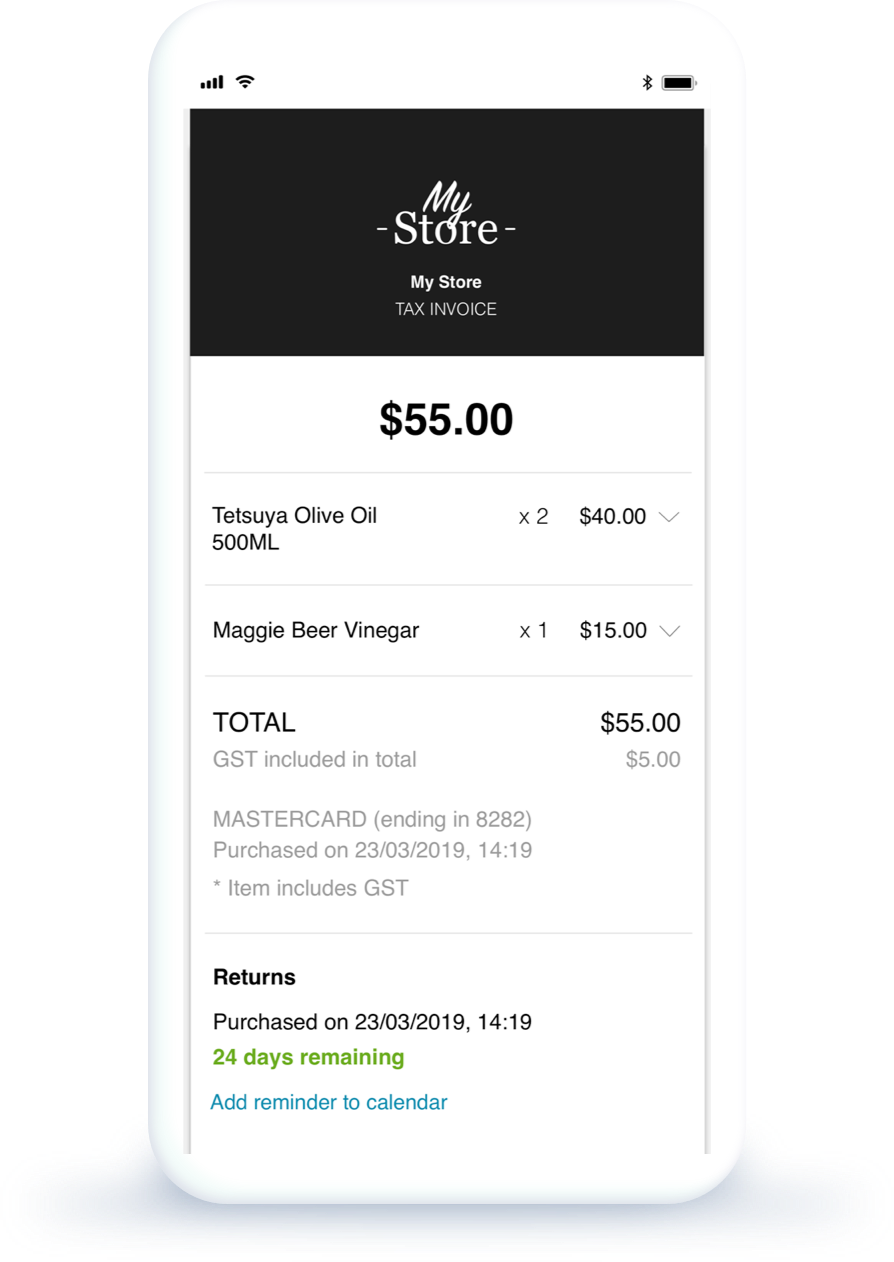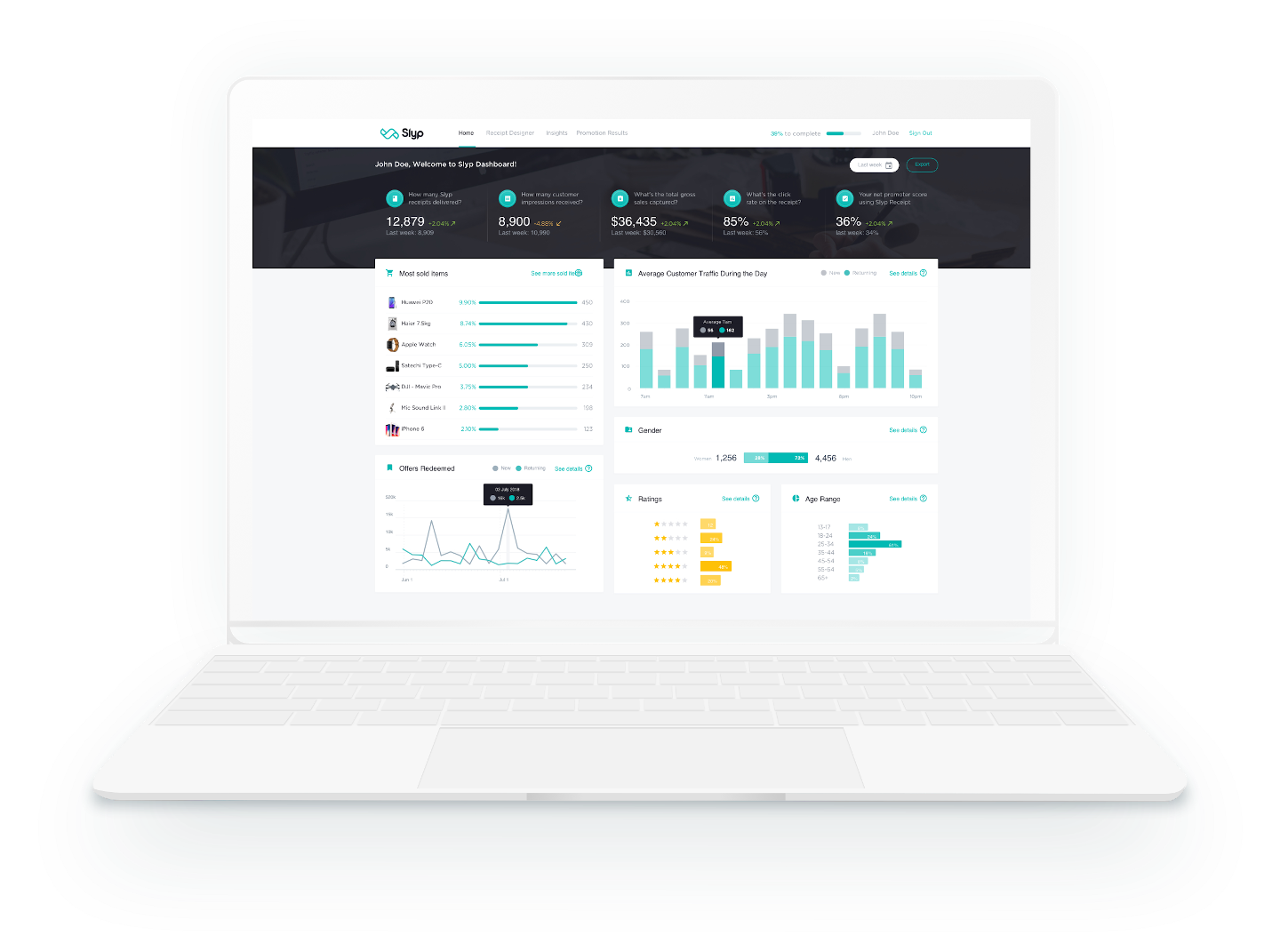To provide the purchasing and fulfilment options you need for seamless experiences that delight customers and minimise costs, consider a unified commerce approach to get tight control of your inventory within your retail management system (RMS).
Managing inventory is a retailer’s biggest challenge – no matter their size. It’s also the biggest cost. It’s a balancing act to strike the right stock levels and easily adjust those levels as your business changes. Understocks lead to missed sales and dissatisfied customers, and overstocks tie up your capital and result in markdowns that can hurt your margins. And in our on-demand world, customers expect access to products wherever and whenever they want.
But many retailers struggle with some of the fundamentals of inventory control, such as stock taking, demand forecasting, planning and receipting. Others launch self-serve channels that can only access rudimentary sales and inventory positions. That prevents them from offering the ‘buy anywhere, fulfil anywhere’ options that are best for customers and most profitable for them.
Unify your inventory
A unified commerce platform gives you a single, accurate and up-to-date inventory view so you can be sure that you have the right product at the right place at the right time.
With unified inventory management across all locations, you can make better decisions about what stock to order and how to distribute it amongst your warehouses, call centres, and physical, mobile and online stores.
You can react to trends quickly, and forecast demand based on historical data, sales forecasts and seasonal variations. And with the platform’s open architecture and APIs, you’re free to add new features, channels, apps and services that will increase customer satisfaction and benefit your business in many ways:
Increase sales with ‘endless aisle’ capabilities that let you sell products stocked in any location and have them delivered direct or collected by the customer
Reduce inventory costs by moving stock to the right location when it’s needed and cutting your overall stock requirements
Offer more purchasing and fulfilment options to customers so they can locate items in-store, buy online, collect in-store, reserve online, receive the same day or at a time and location of their choice
Optimise your product range by matching stock to each store’s location, community and demographics while still giving access to your complete range via endless aisle
Extend your range across more sales channels such as in-store kiosks, shoppable screens, pop-up stores, concessions and mobile devices
Lower fulfilment costs by delivering direct to the customer using store-to-door, warehouse-to-door, click-and-collect or optimised sourcing.
Retailers reaping inventory benefits with the Infinity unified commerce platform
Cue delivers anywhere, anyhow
With a ‘buy anywhere, fulfil anywhere’ strategy and Infinity’s centralised hub providing the inventory and fulfilment smarts, Cue Clothing is using its 240+ stores across Australasia to take on online giants like Amazon and changing the way customers shop.
Night ‘n Day gets tight control of inventory
By simplifying inventory management with Infinity, convenience grocery retailer Night ‘n Day is cutting costs, freeing up time and increasing net profit to around $12,000 per store each year.
T2 Tea unifies experiences
In 2019, T2 Tea chose Triquestra to modernise its retail system. Infinity will provide a central hub for T2’s inventory, point-of-sale and customer loyalty across its concession, wholesale, marketplace and ecommerce business, plus a growing global footprint of over 100 stores.
To see the difference that an accurate and single view of inventory can make to your business, contact us.
For more on unified commerce and why it’s the future of retail, download this free ebook.





